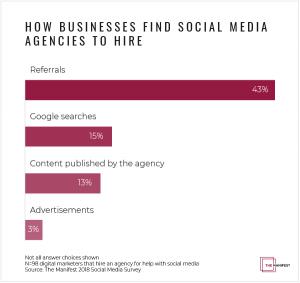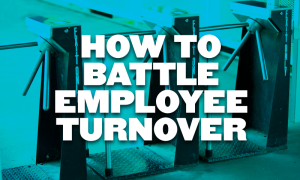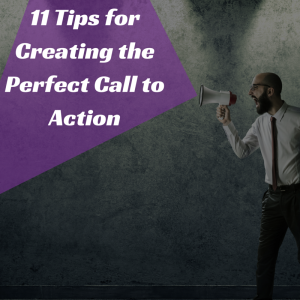There’s a lot more to email marketing than meets the eye. And while it’s true great content is critical, it takes much more than a powerful message to generate strong results. And if you don’t follow best practices, you might risk alienating your customers and prospects indefinitely. So before you get started on your next email campaign, here are five considerations to keep in mind:
1) Test for Best Timing
Timing is often everything, as the saying goes, but experts are now reporting there is no “best” day, or time of day, for sending emails to customers and prospects. In general, research shows that Tuesday and Wednesday are good choices, and Sunday appears to be the least effective. But your business may not fit the mold. There’s only one way to find out, and that’s by testing your email sends to discover the timing that resonates best. Are open rates higher one day of the week? Are you detecting more traffic on your website when your emails go out a certain day? Find a way to track and measure opens, clicks and conversions. Look for trends and patterns as you try out different days and times. And because results can be seasonal, track your efforts regularly because changes might occur as your customers’ habits shift throughout the year.
2) Make It Mobile
A recent consumer survey reports that 41% of consumers view a campaign for the first time on a mobile device, and of the mobile readers who open that email a second time, 70% open it on the same device. As convincing as this data is, the reality is that mobile-friendly email design is not keeping pace with consumer behavior, according to the Lionbridge Global Email Survey. Research firm IDC is predicting that the number of mobile e-mail users will grow 28% in 2014 and 23% in 2015, pointing resoundingly to the fact that the time is now to start investigating responsive design – the practice of optimizing content for use and engagement on both mobile and desktop devices.
3) Tried and True Trigger Emails
Have you considered using a trigger-based approach to email marketing? It’s an automatic yet highly targeted and personalized email response to site visitors, prospects and customers based on what they do. Unlike many direct marketing emails, the trigger email is often viewed as a positive by your customers and prospects. These emails are reported to get more opens, clicks and conversions because they are based upon browsing habits, buyer behavior and more. And while they might prove to be too much for the entrepreneur that’s just getting started, they should definitely be placed high on your priority list as your marketing program advances.
4) Your Essential Email List
Email lists represent a more complex endeavor for most marketers than they’ll ever care to admit. In fact, many entrepreneurs and small businesses lack a formal prospect list altogether. So what are your choices? First and foremost, start building your list today. Make it a practice to ask your prospects for their email addresses and then be sure to carefully maintain your list over time. Buying a list is another option, either for a standalone campaign, or in combination with your growing list as you reach out to prospects on a regular basis. But be careful – there are many data brokers selling inaccurate and outdated information, which can decrease the effectiveness of your campaigns, and even worse, damage your name in the market. If your own list isn’t up to par, choose a reputable business contacts source to expand your reach. Verified business contacts can be acquired from these qualified resources, allowing you to target customers located in any region of the country and any business segment you may be pursuing.
5) Respect Email Privacy
Whether you’re working with a list of 10 or a list of 10,000, respecting your customers’ wishes is your first priority in email marketing. SPAM is never a good idea, and it can harm your business reputation. So for businesses engaging in email marketing, it’s important to make sure you give your prospects and customers the chance to opt out of your communications. Tell them why you’re emailing them (i.e. they subscribed to your list) and provide an unsubscribe link or another way for them to quickly and successfully change their email preferences. And include a privacy statement on your email or landing page to demonstrate your commitment to being responsible with their information.
These best practices are only the beginning. As you tackle email marketing, consider using the services of a professional marketer, or at the very least, do your homework and put a plan in place that will not only best serve your business, but also — more importantly – best serve your customers.
Business Articles | Business 2 Community
(417)
Report Post








